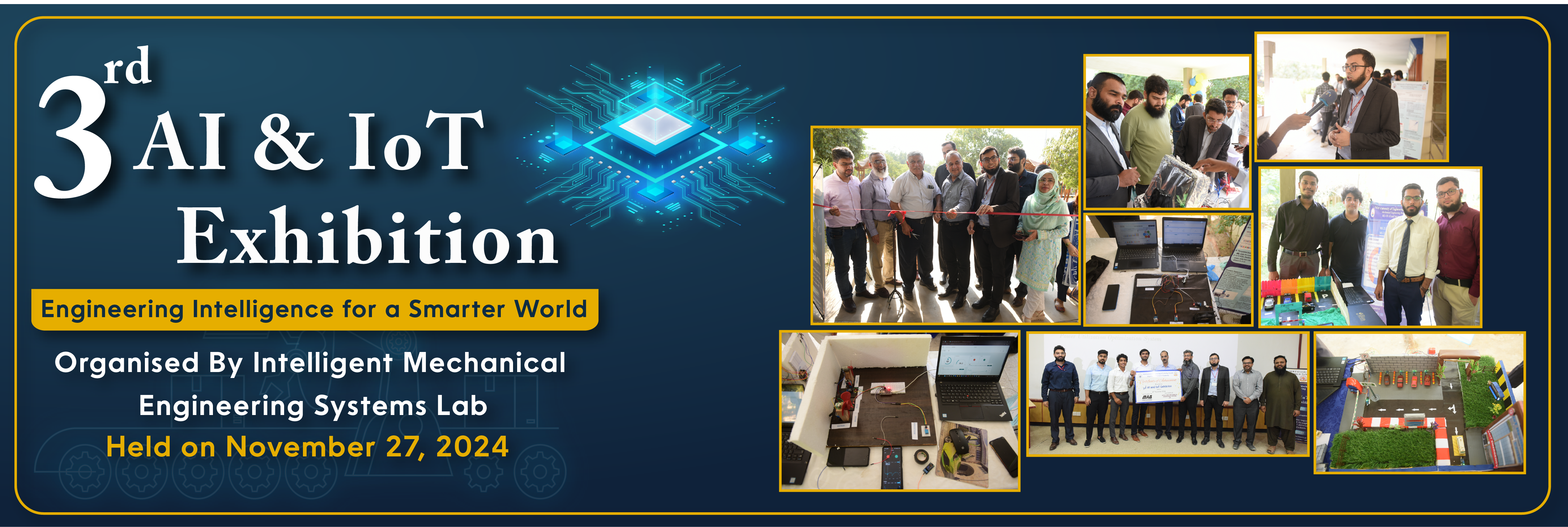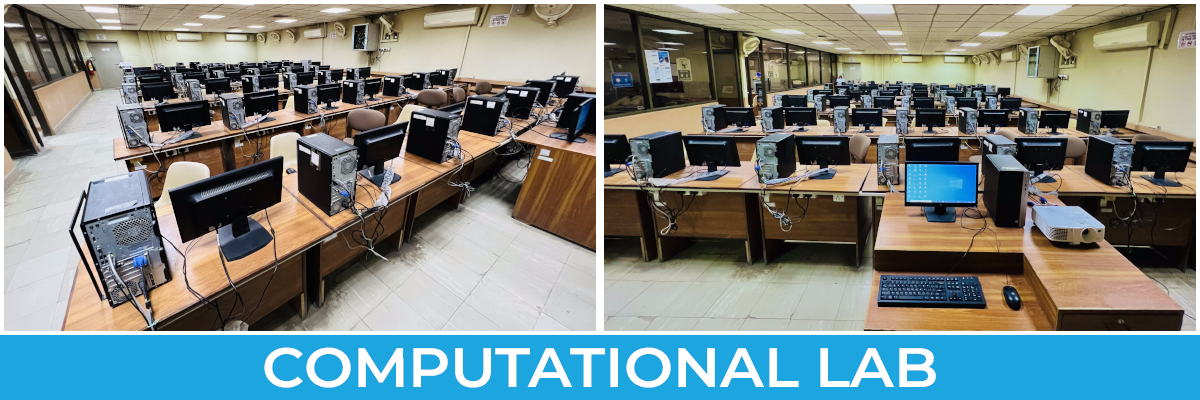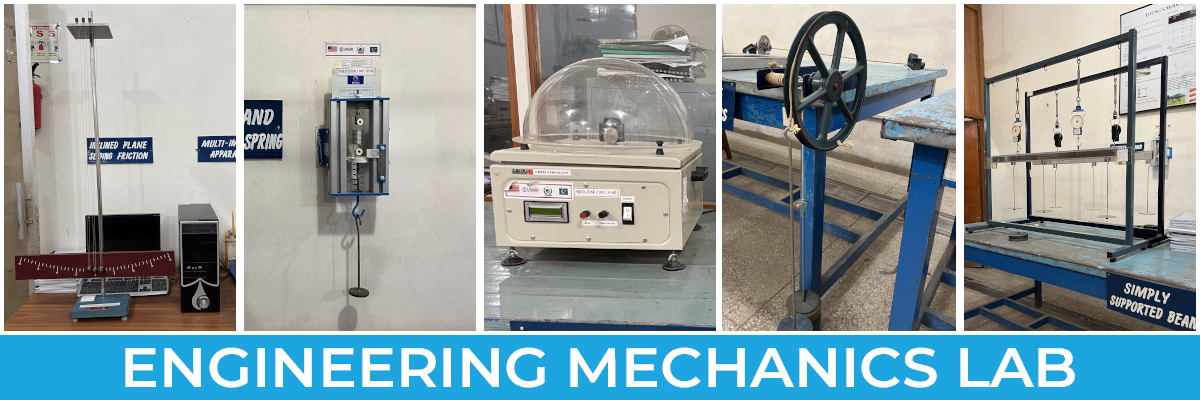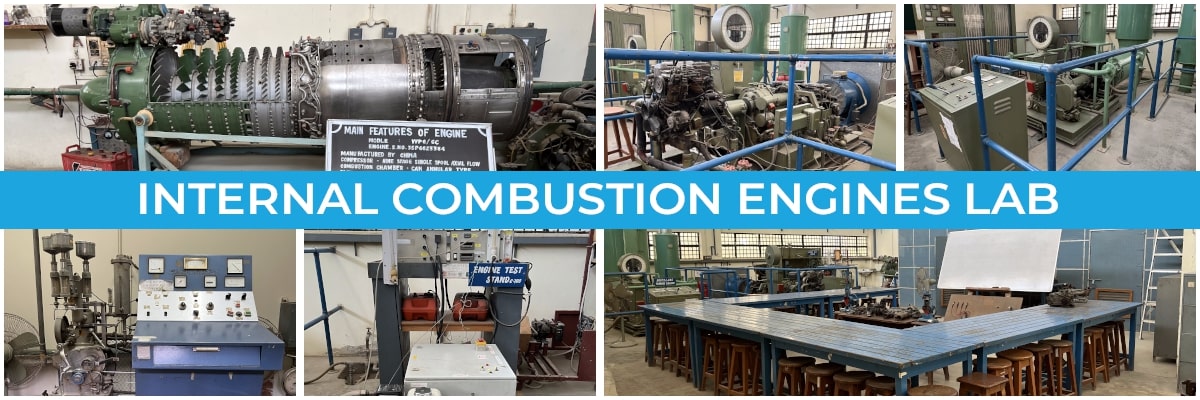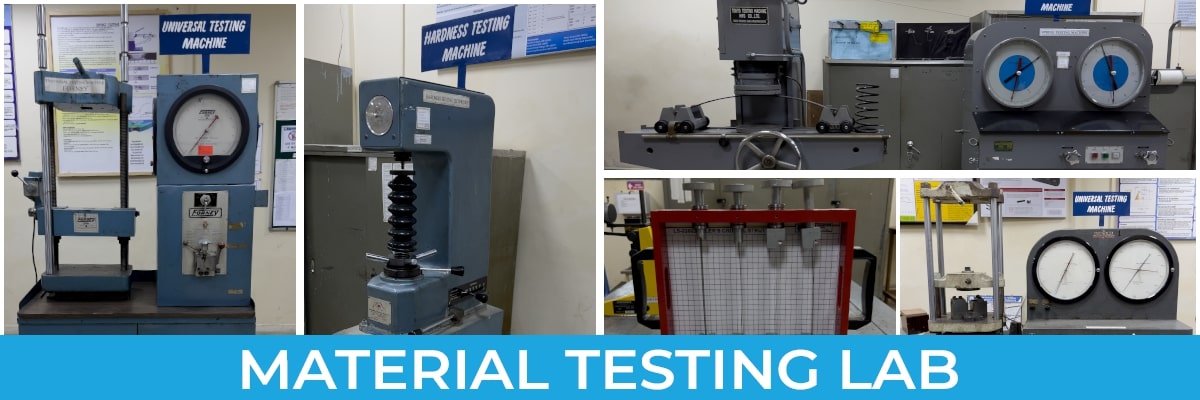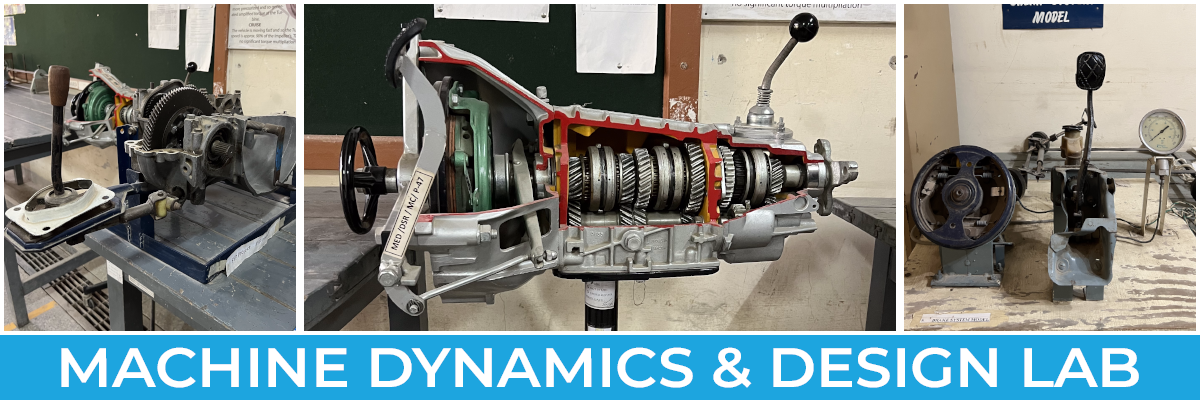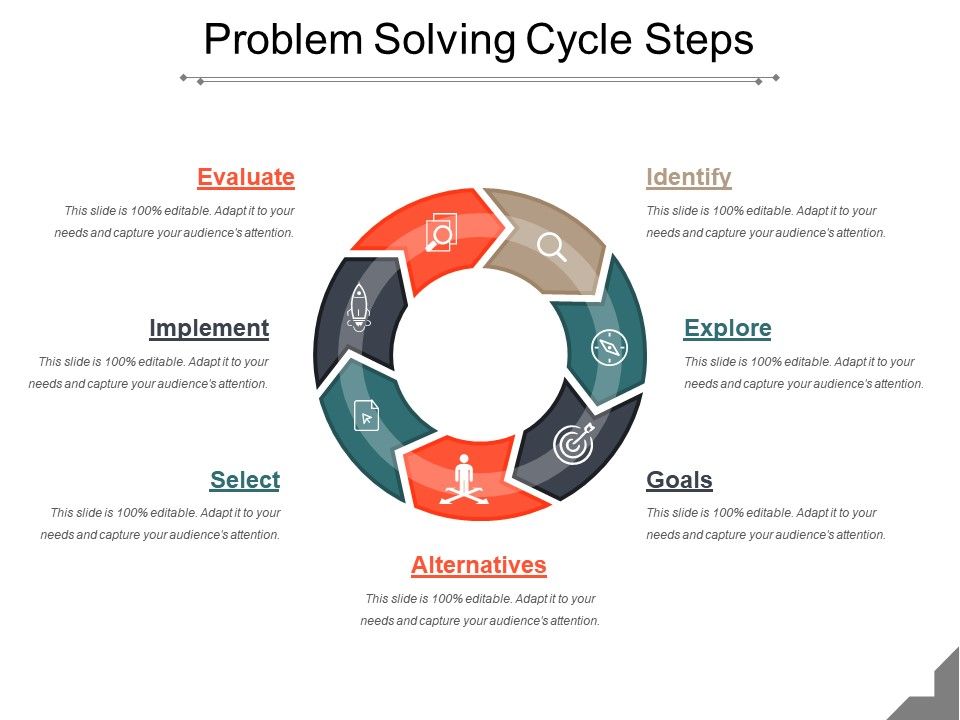SK-102 PROBLEM SOLVING & DECISION MAKING
Credit Hours = 0
Contact Hours = 3
COURSE LEARNING OUTCOMES (CLOs)
| S. No. | CLOs | Taxonomy |
| 1 | Contribute towards solving dynamic problems in professional and personal scenarios | Affective Level 2* |
| 2 | Assume responsibility towards different problem solving methodologies towards different challenges in professional enviornment | Affective Level 3* |
COURSE CONTENT
- Advantages of systematic problem solving methods: Problem solving in a systematic way helps the individual to track all steps and compare to a standardize manner. This enable lesser chances of mistakes and accidents.
- Problems solving methodologies: Students will learn different methodologies to solve different kinds of problems in their professional and personal lives.
- Identification of Crises: It is important to first identify the nature of crises before working towards is remedy and solution. Students will learn about first its identification and then number of corrective actions.
- Steps of crises management: It is important to take a series of steps to mitigate any crises. Any step taken at the wrong moment or missing some steps can aggravate the problem even further.
- Problem and its causes: As the famous saying goes, ‘Nip the evil in the bud’. Hence, it’s important to know the root causes of the problem and prevent it from happening further.
- Steps of problem recognition: It is important that steps should be taken to identify the problem. Student will learn the importance of these steps and to how to apply them to identify problems.
- Fundamentals of decision making: After the problem has been identified, it is incumbent to take necessary decision for its correction. Hence, it is important to know the fundamentals of decision making so that no stakeholder is negatively impacted.
- Style of decision making: There are different style of decision making and hence knowing its style is important to understand which style is appropriate for what set of conditions.
*For details of Taxonomy Levels CLICK HERE!


